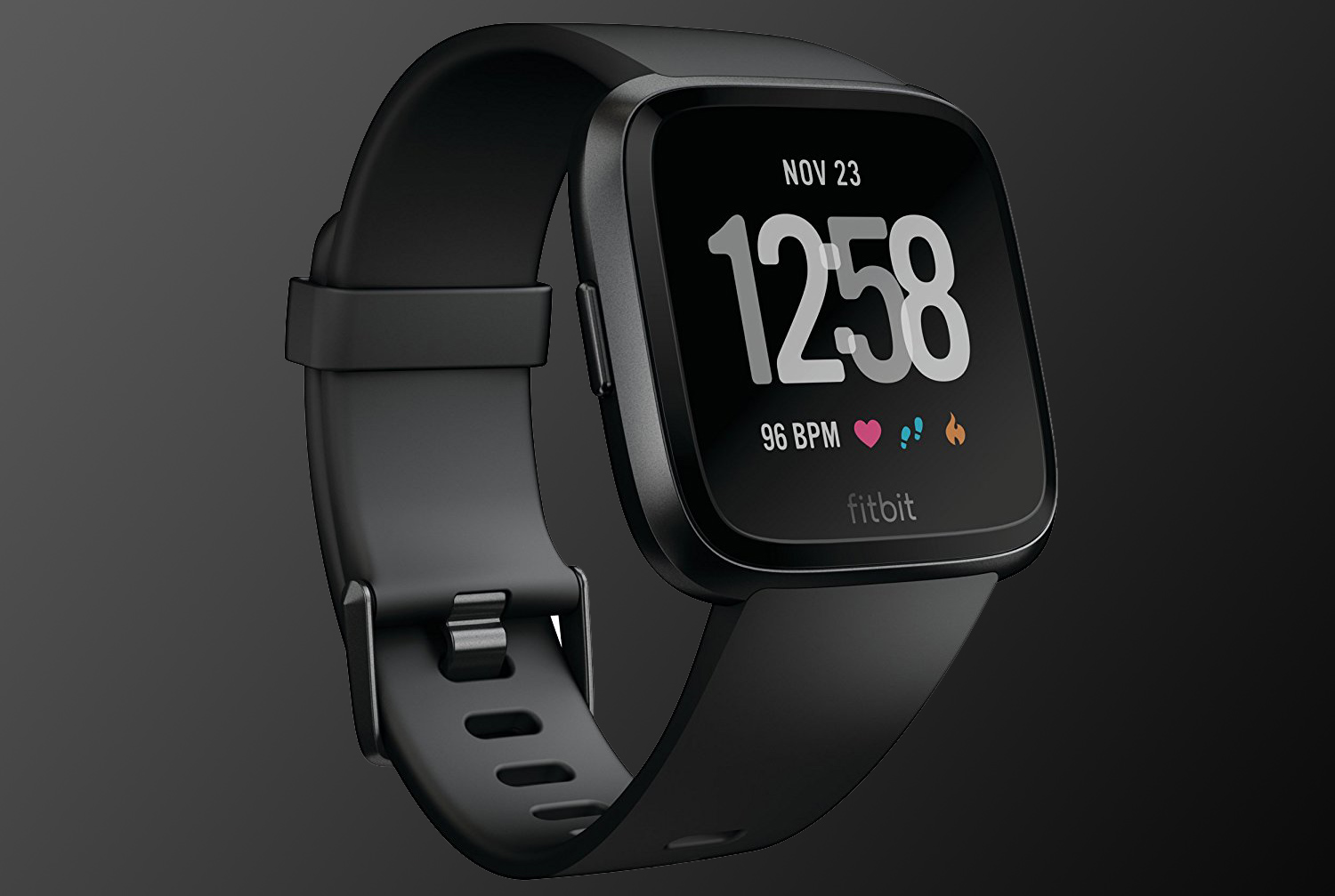



But these new models will also soon hook into Google Maps allowing you to see turn-by-turn directions on your wrist. Both offer continuous heart rate monitoring paired with activity, stress and sleep tracking, boasting of more than six days worth of battery life. It makes sense to talk about the Sense 2 and Versa 4 as one, since both are getting plenty of useful iterative updates.

As usual, Fitbit’s emphasis is on comfort and battery life, as well as some much-needed additions for life on the go. Today, however, the Google-owned company is sharing details about a trio of new devices: The Inspire 3, Versa 4 and Sense 2. The Sense, Inspire 2 and Versa 3 all debuted in 2020, with only the Charge 5 and Luxe appearing between then and now. Versa 4 and Sense 2 owners might want to head to their Fitbit app soon for a first-hand look in case the latter is true.It’s been a hot minute since Fitbit really showed off an updated wearable that wasn’t a slender fitness tracker. I’ll be keeping an eye on the Fitbit app to see if MED ID 5.0 will be joined by more apps, or if it was a mistake and will be removed shortly. The other shows the progress of all your daily goals, such as sleep, active minutes and steps, as green bars. One shows your step and count and the days of the current week you’ve reached your goal. These are the Streaks and Trials, fitness-focused views. Both watches were dramatically discounted in during Black Friday sales, with $80 off both models, just a couple of months after their launch.įitbit has also recently released a pair of Versa/Sense watch faces solely for Premium subscribers. The cooler reception of this pair has had some benefits for buyers, though. Fitbit arguably did not pull this off with the Sense 2 and Versa 4. That big change was not entirely good news for the Sense and Versa lines, which now have to find a comfortable place to belong alongside Google’s own Pixel Watch smartwatch. This slowed development may be down to the aftershocks of Google’s acquisition of Fitbit, which was announced in late 2019 but was not finalized until January 2021.


 0 kommentar(er)
0 kommentar(er)
